
From afar, the small plaza near the government office complex in central Oslo might seem like yet another unassuming cluster of pavers. A closer glance, however, will reveal an entirely different picture – zillions of tiny human figurines huddle together as if they were grass blades, hence the place’s name, the Grass Roots Square.

By: Omri Westmark
Date: 13:07 11.02.23
Last Update: 13:10 11.02.23
Most chances that if you were to walk by the intersection of Teatergata and Munchs gate streets in Oslo downtown area, you would barely notice the nearby plaza. Situated adjacent to a pair of office buildings that houses several governmental agencies, the seemingly unpretentious lot happens to be home to a quirky art installation, made of thousands upon thousands of statuettes.
After winning an international contest in 2009, Do Ho Suh, an American-Korean artist, was entrusted with designing the entrance plaza of Government Building 6 (R6) in the Norwegian Capital. In stark contrast to most monuments that tend to visually stick out in their respective whereabouts, Ho Sue opted to sprinkle the square with gobs of tiny figurines, which he painstakingly created for months on end.
Inaugurated in 2013, the square is now home to roughly 50,000 verdigris-colored bronze figurines. The thousands of miniature statues are divided to 400 distinct types that vary in size (7 to 15 centimeters), gender, age and ethnicity, reflecting the growing diversity in the artist’s homeland. In fact, Ho Sue is rumored to name the place the Grass Roots Square as a tribute to the many grassroots movements that recently sprung up across the United States, albeit others suggest that it also derives from the grass-like features of the statuettes.
Whatever the reason for its name, the square is a mesmerizing place to explore, with more and more intricacies uncovered the closer one gets. While all of the pint-sized figure are neatly squeezed within the confines of the square tiles, some appear as if they jointly lift a paver with their itsy-bitsy forehead.

photography by: Omri Westmark
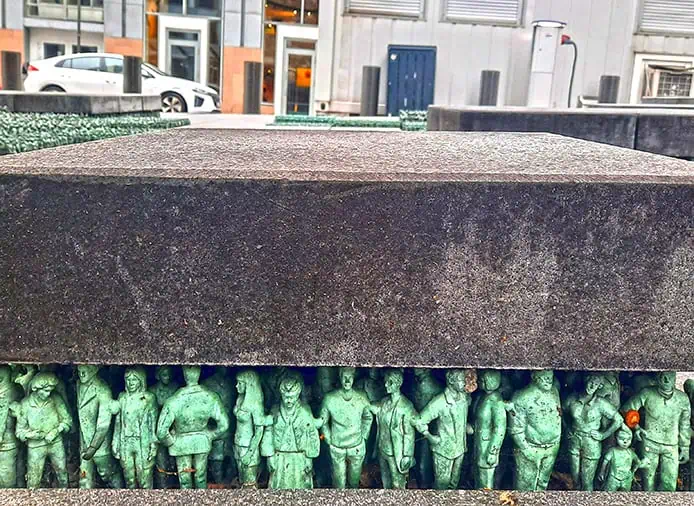
photography by: Omri Westmark
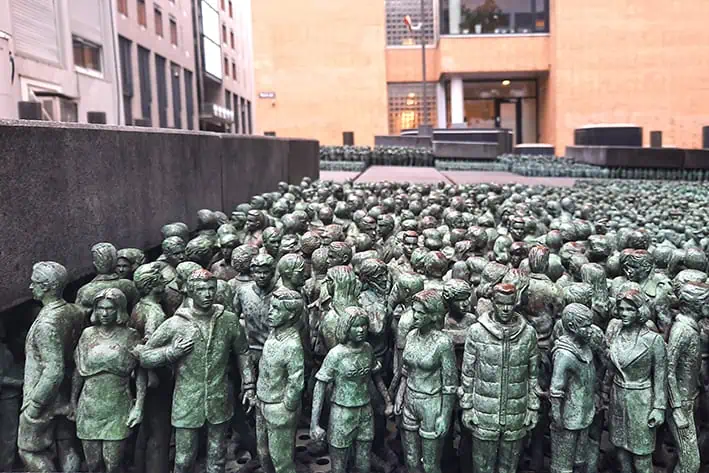
photography by: Omri Westmark
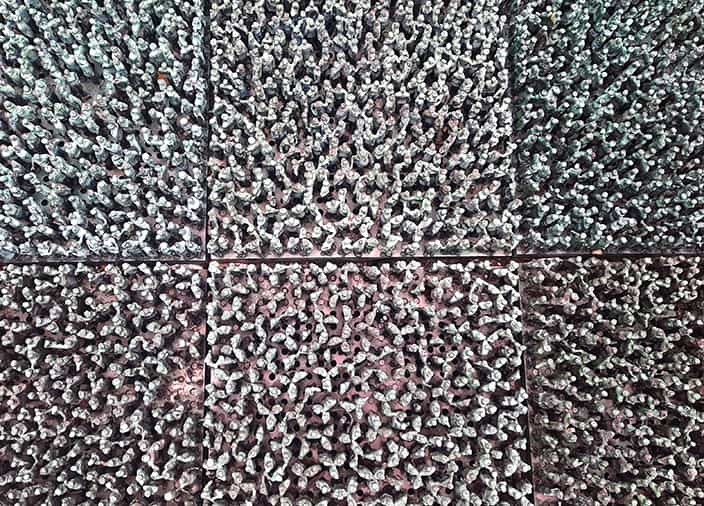
photography by: Omri Westmark
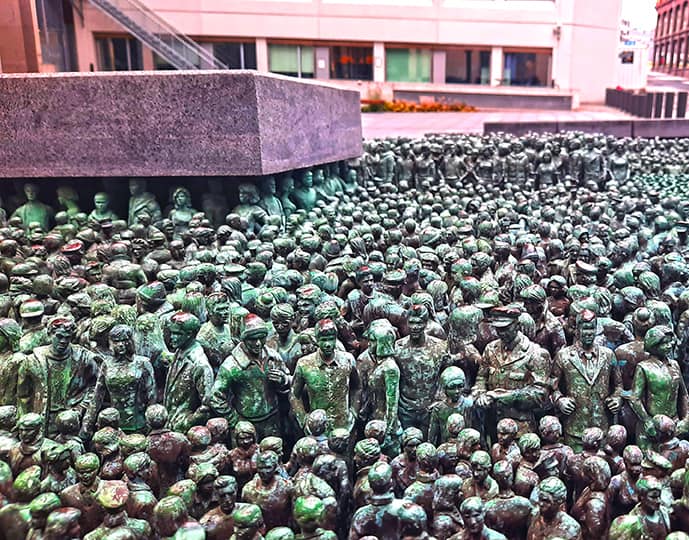
photography by: Omri Westmark
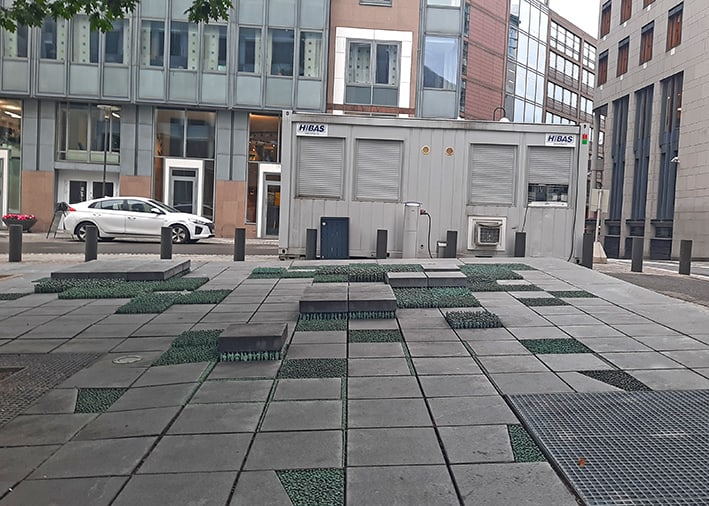
photography by: Omri Westmark
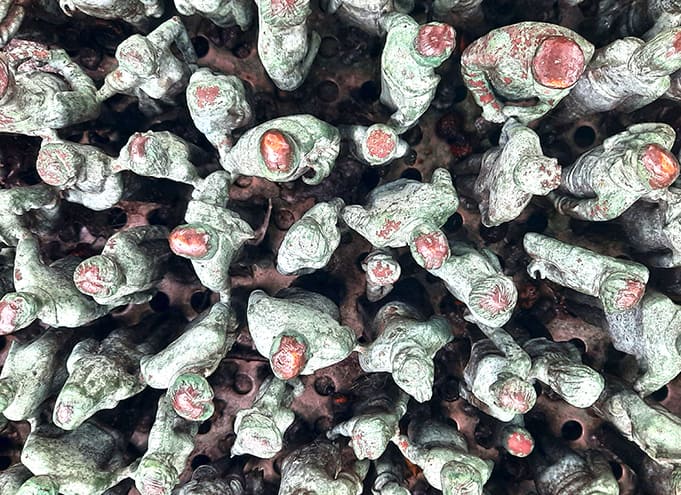
photography by: Omri Westmark
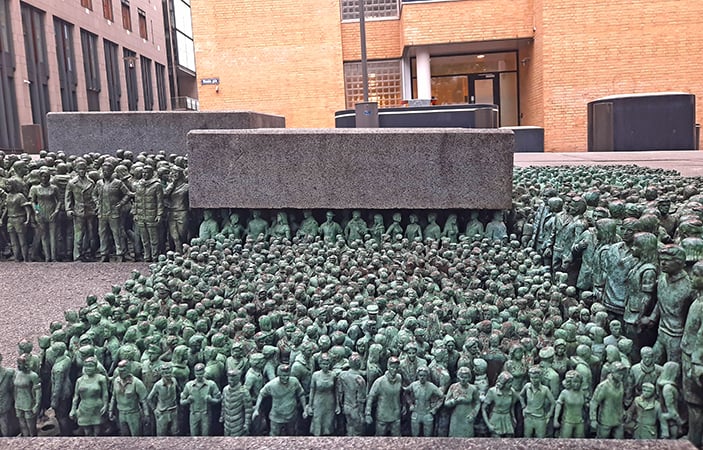
photography by: Omri Westmark
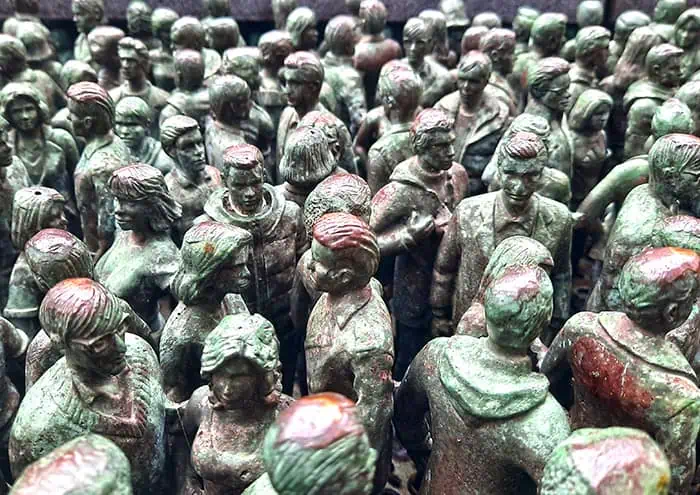
photography by: Omri Westmark
